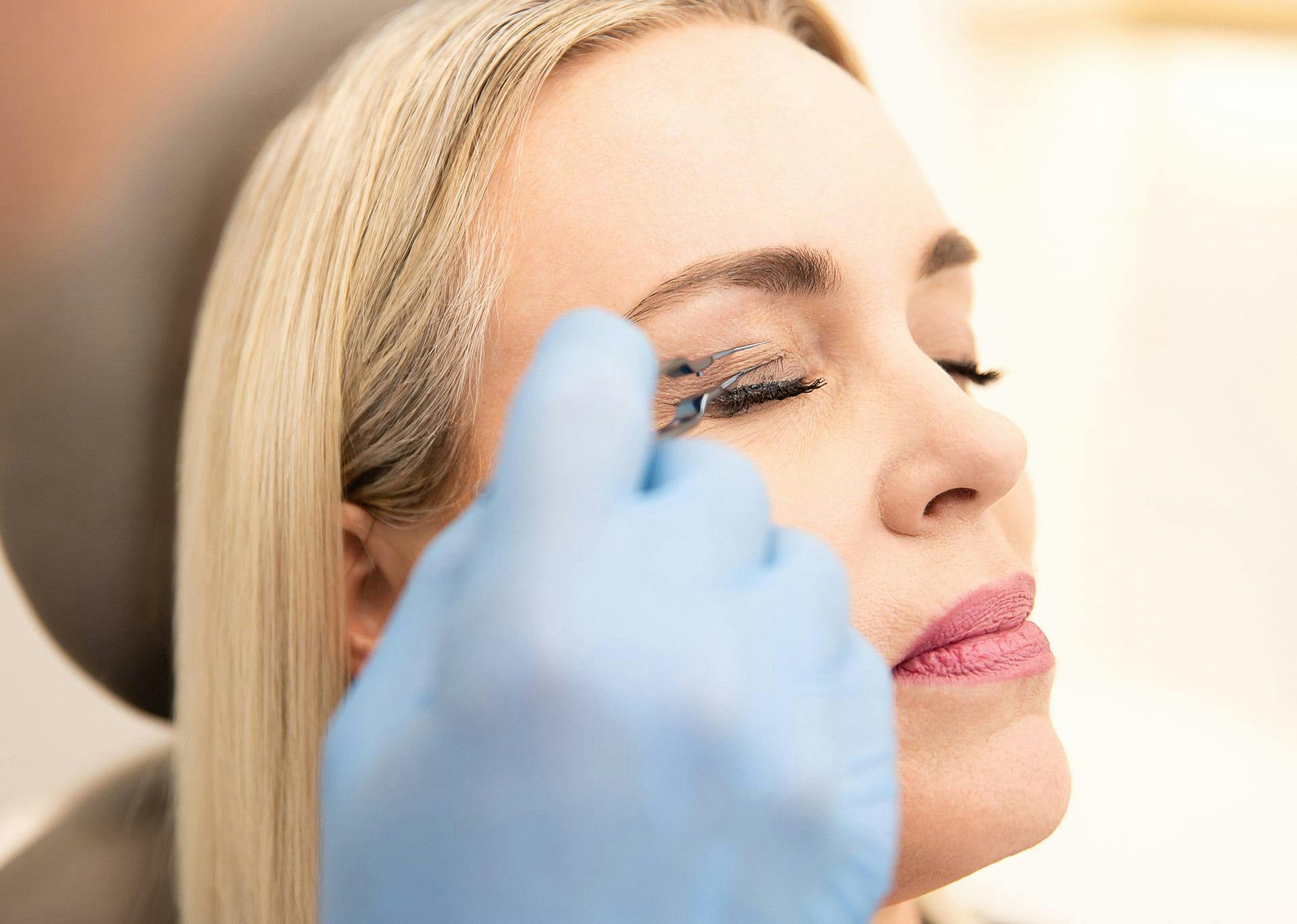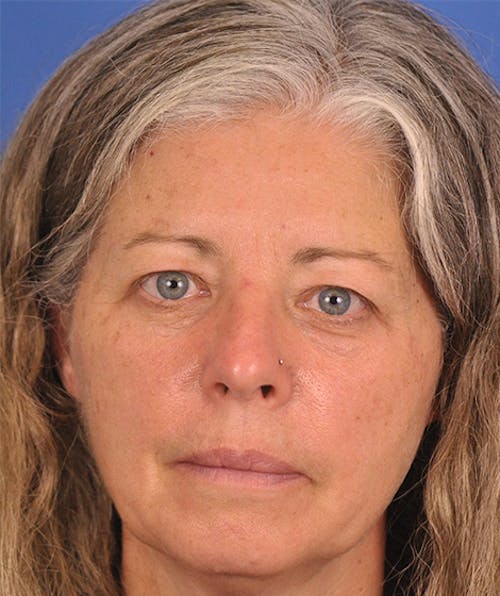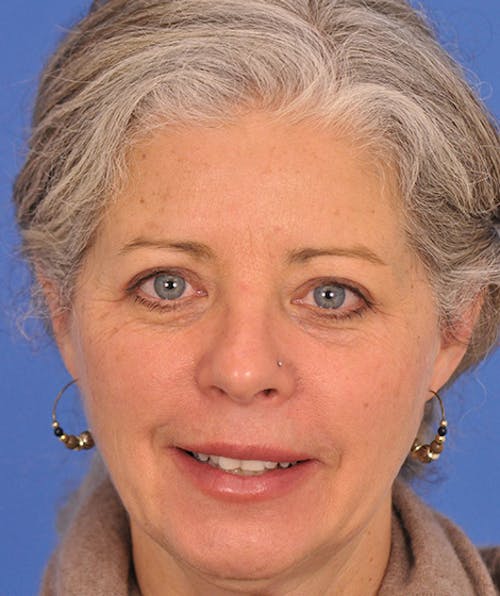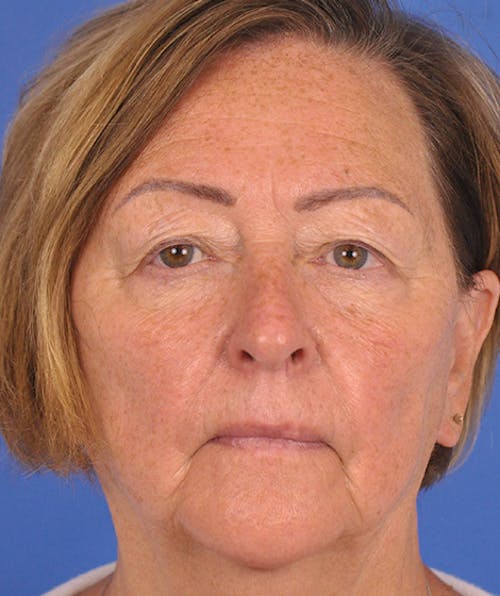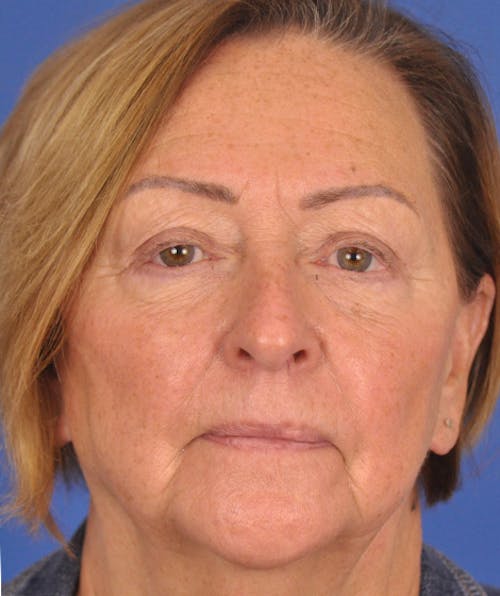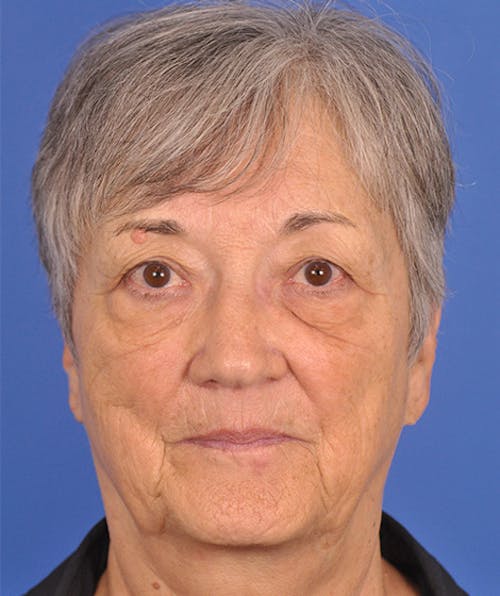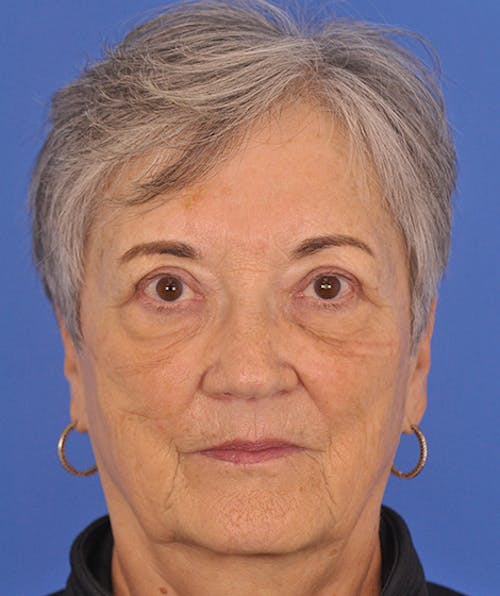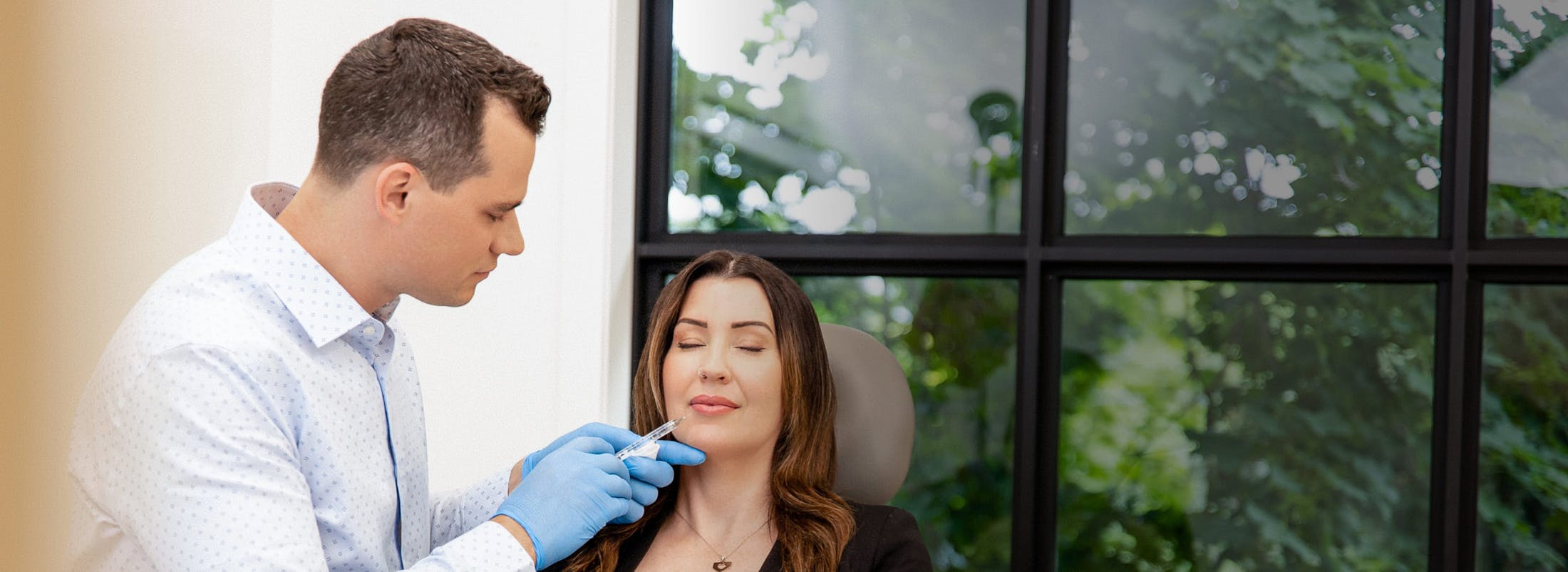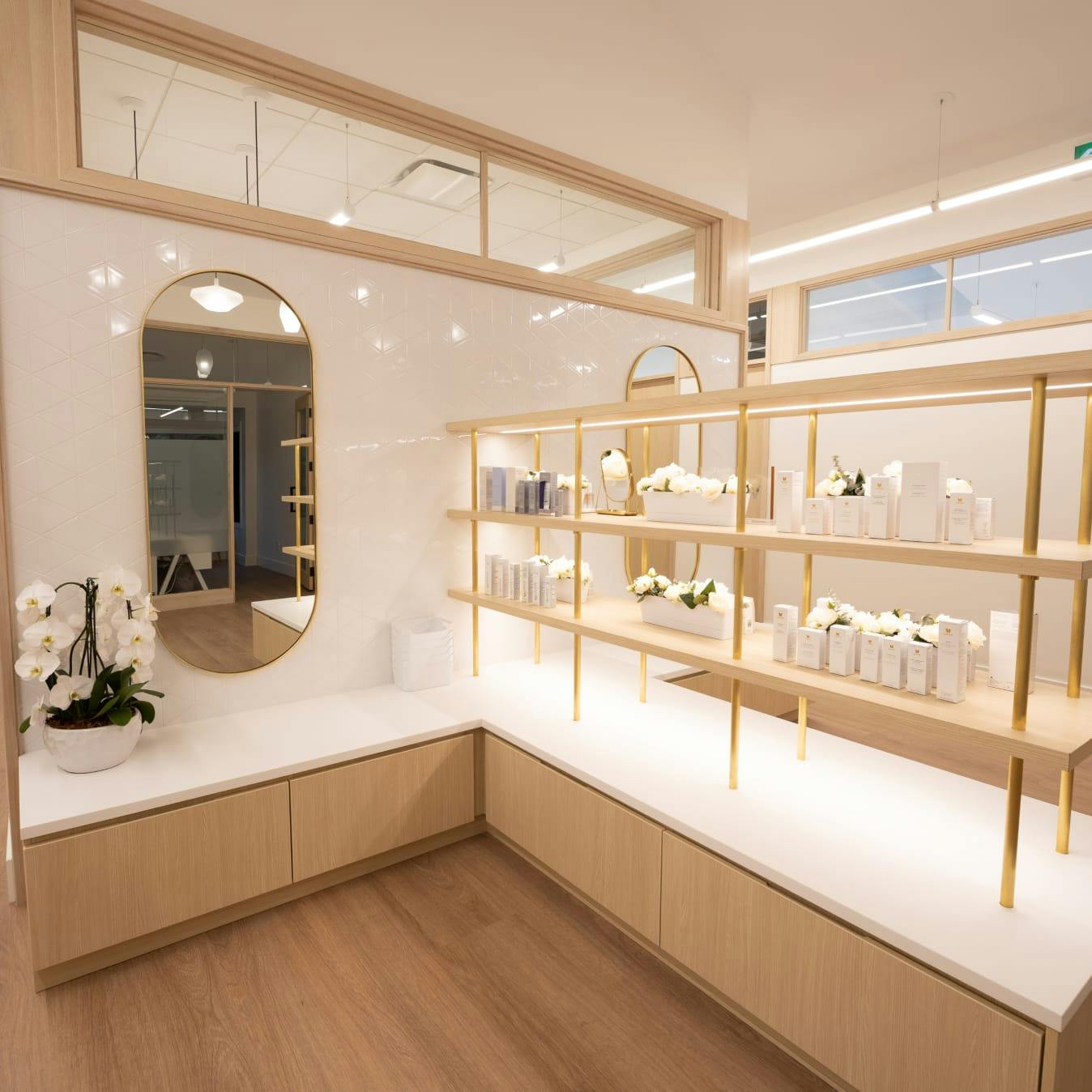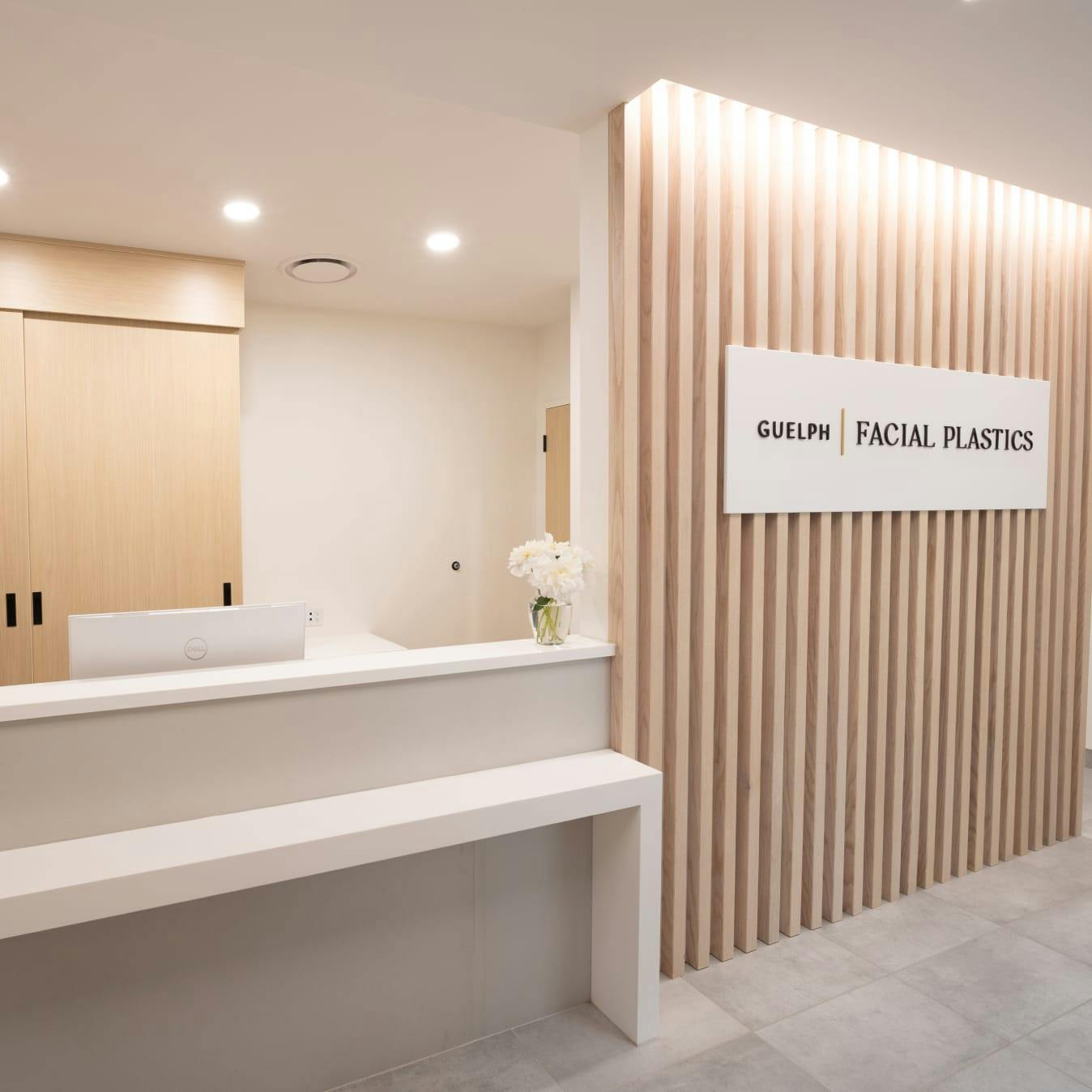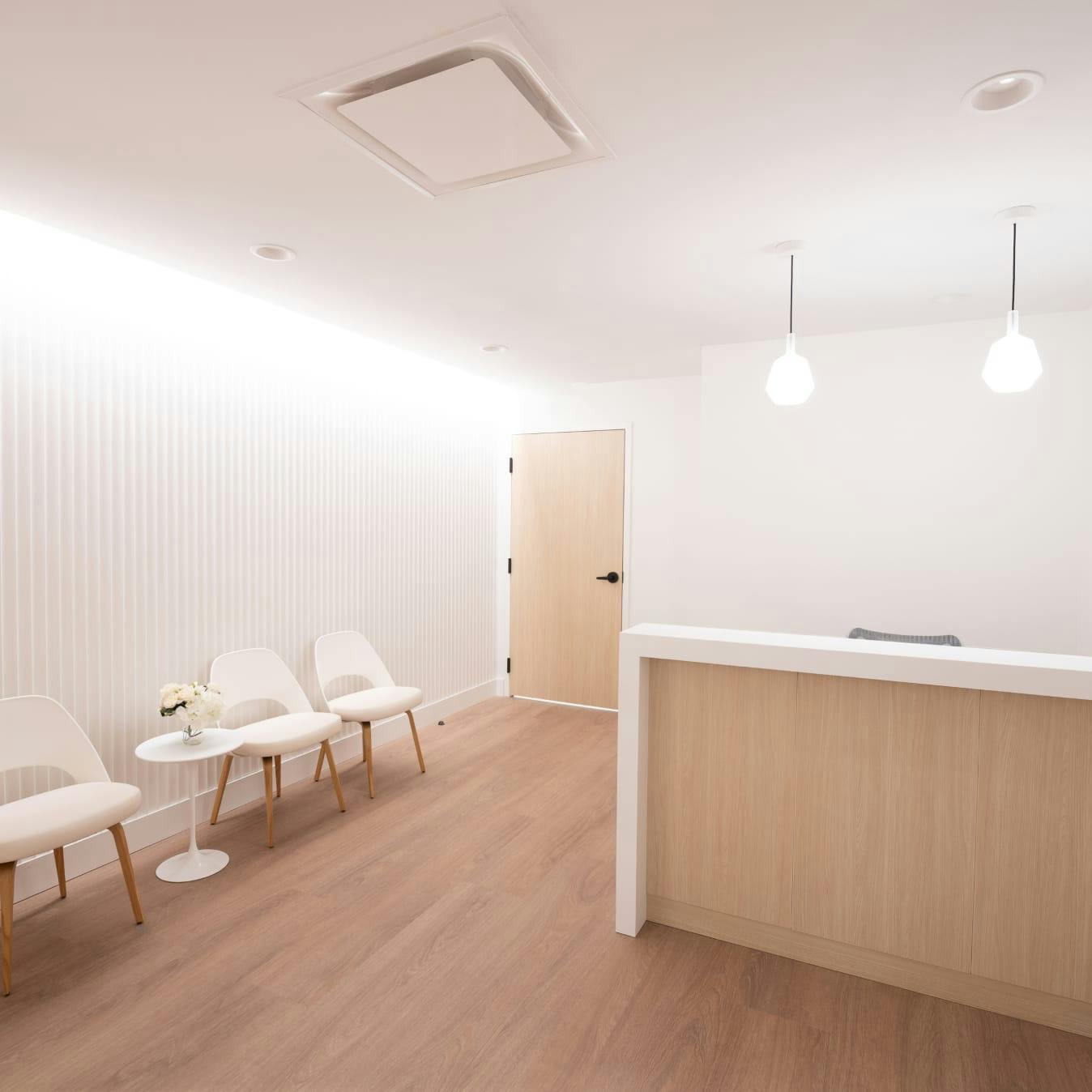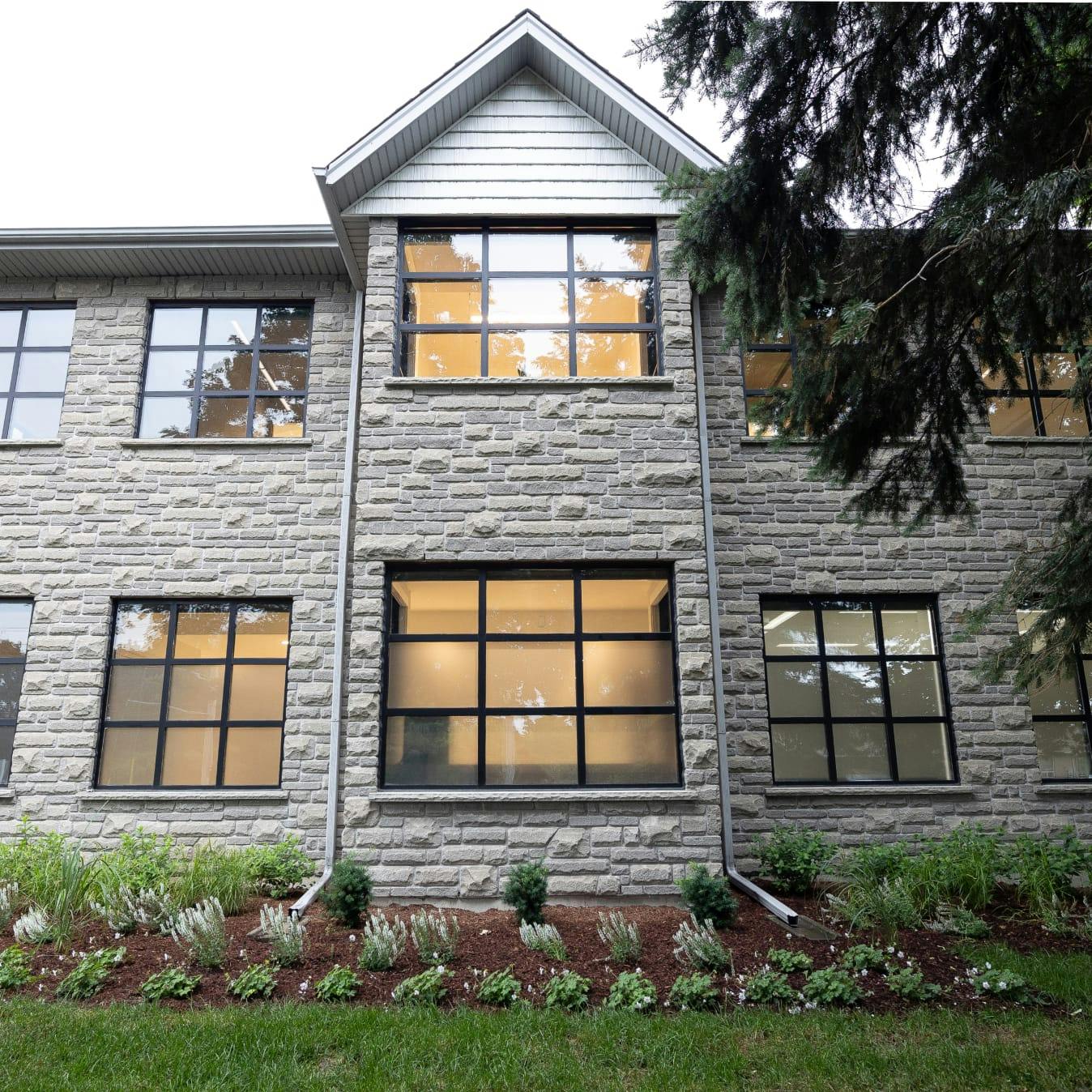Am I a good candidate for eyelid surgery?
Whether you want to improve your appearance or are experiencing functional problems with your eyelids, you may be a good candidate for eyelid surgery in Toronto if you have any of the following:
- Loose or sagging skin that creates folds
- Fatty deposits that appear as puffiness in the eyelids
- Bags under the eyes
- Drooping lower eyelids
- Excess skin and fine wrinkles around the lower eyelid
It is important to note that the appearance of a drooping upper lid may be caused by the disinsertion of an upper eyelid muscle, known as eyelid ptosis, or relaxation of the forehead skin and eyebrow, known as brow ptosis. These require different surgical treatments, which Dr. Brace will discuss with you. Eyelid muscle tone, eye position, and eyelid tendon integrity determine candidacy for lower eyelid surgery. A better option for some lower eyelids may be volume replacement with fat grafting and non-surgical skin tightening.
